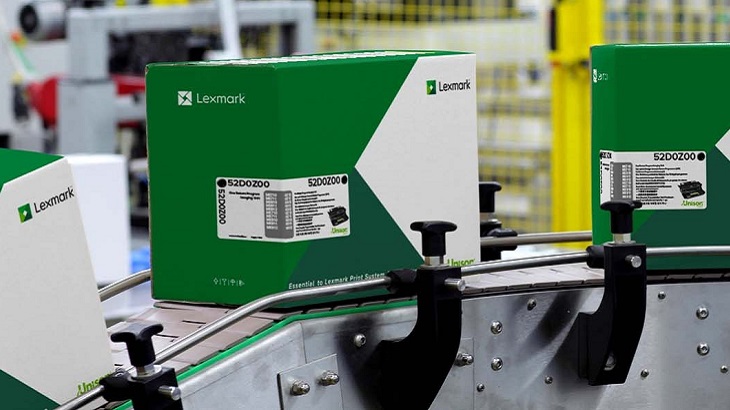Lexmark Blog
Corporate Social Responsibility(CSR)
Reusing Throwaways in the Circular Economy
Adoption of circular economy principles promotes innovation and economic growth in a more environmentally sustainable manner.

TAGS: Corporate Social Responsibility(CSR)
When we throw things away, they simply go elsewhere – into the atmosphere, a landfill or the ocean. Even the things we discard in space is a cause for concern.
As people start to recognize that there is no such thing as a disposable spoon, for example, they also become aware that the ability to manufacture something new, from raw materials, can’t go on forever. That’s where the idea of a circular economy comes in.
A circular (as opposed to linear) economy, changes the one-way path of take, make, use and dispose into a wheel where longevity is built in at the design and manufacture stage. Reusability and recyclability drives consumer choice, and there is a positive impact on the business bottom line from the re-use/repair/recycle model.
McKinsey research suggests that savings in materials alone could exceed $1 trillion a year by 2025 and that, under the right conditions, a circular economy could become a tangible driver of global industrial innovation, job creation, and growth for the 21st century.
One of Lexmark’s circular economy initiatives is a recycling program designed by our supplies-packaging engineers. We process used paper to create molded pulp cushions, which are used to protect our products during shipping. Cost-effective, practical and made from 100 percent post-consumer waste, these packaging cushions not only provide excellent protection for our cartridges during shipping but can also be recycled.
Embracing the circular economy is not an overnight change but a process of ongoing transformation. We’re proud to be among the businesses making headway and leading others along the circular economy path.
Learn more about Lexmark sustainability initiatives here.